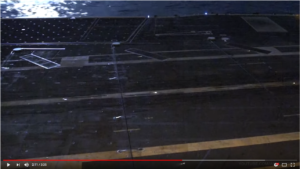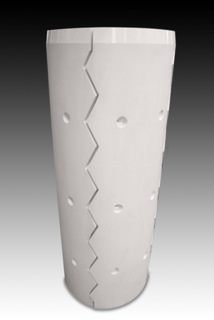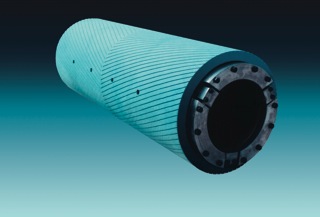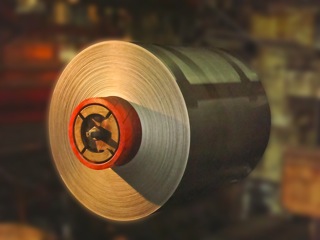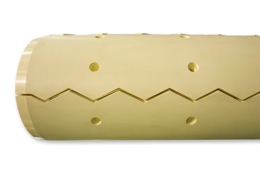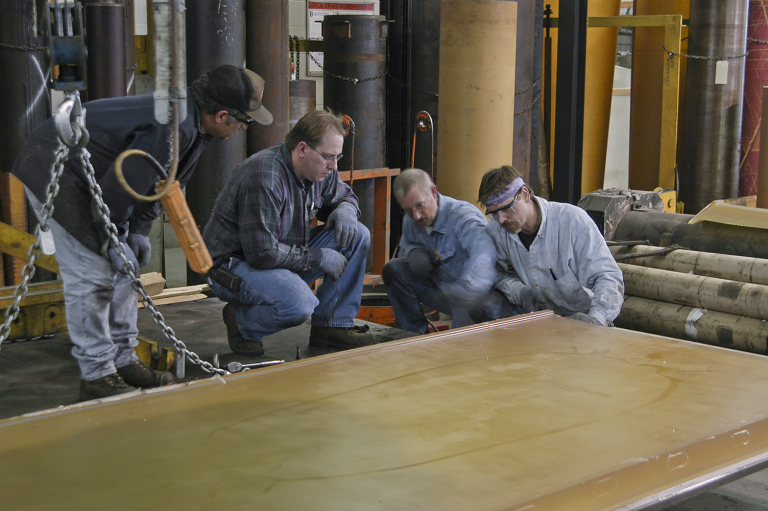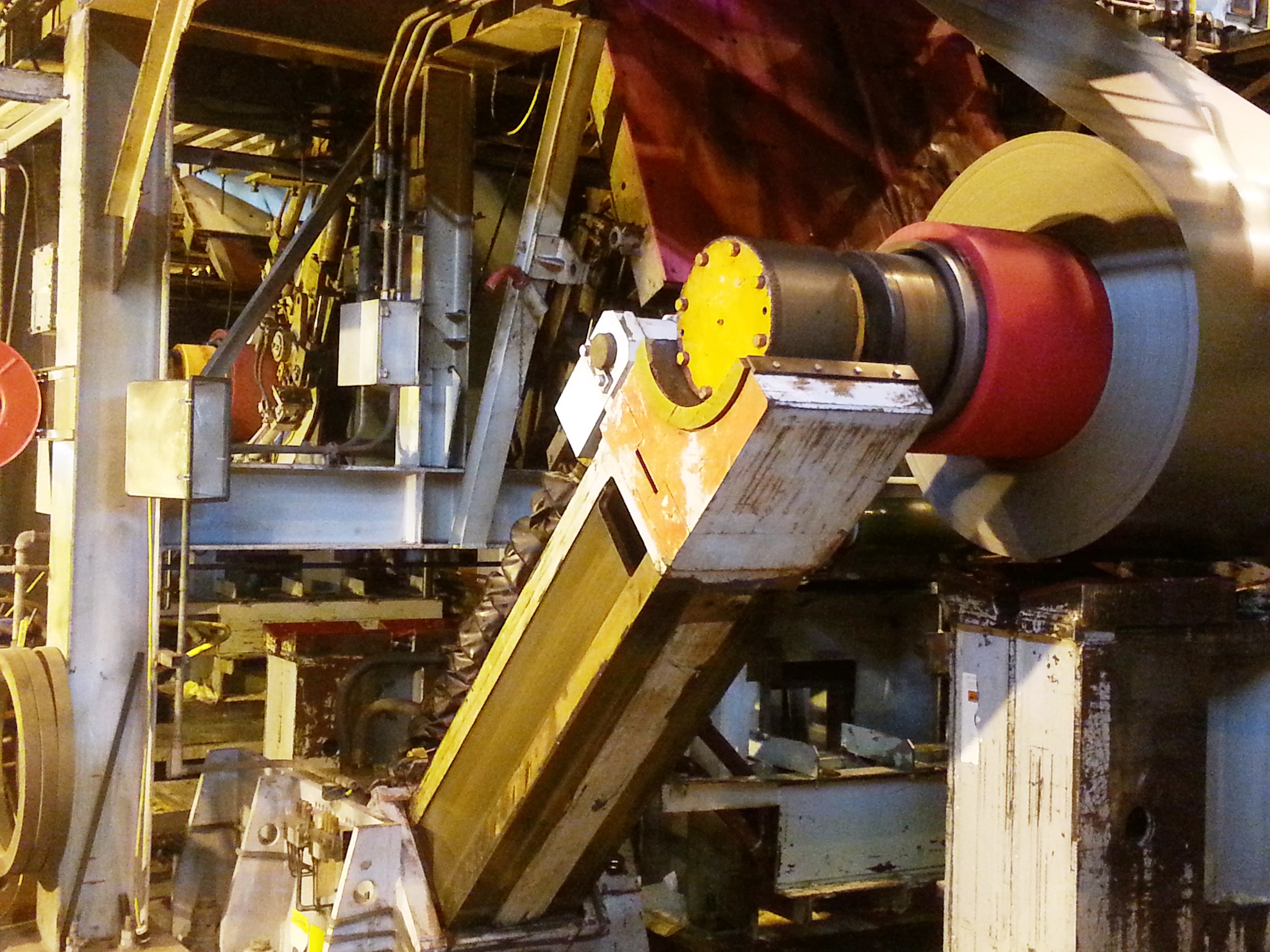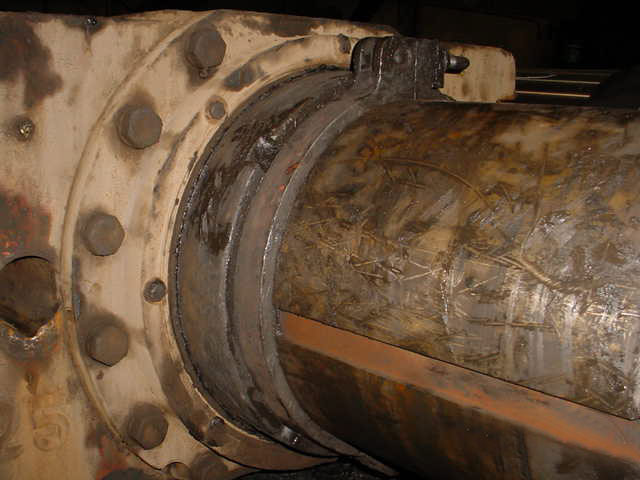Short run forming of complex sheet metal shapes using rubber dies and pads is quick and highly effective. This technique was first accomplished using the Guerin Process. After the Second World War, the Wheelon process was developed as an improvement over the Guerin Process. A Wheelon press is capable of manufacturing large, complex, short run parts with economic tooling. This type of hydraulically actuated bladder forming is widely used in the aerospace industry today.
When the Wheelon process was first employed, the forming press fluid cells and forming pads were made of Neoprene rubber. The Neoprene formulations of the day were developed by rubber molders’ chemists. Their formulas were proprietary and highly secretive.
The high grade formulation of Neoprene used was an excellent material for the function of forming pads and fluid cells. It was tough, had very high extensibility, good cut resistance, excellent oil resistance and produced good detail with moderate pressures.
This was the standard material for Wheelon forming pads and fluid cells for many years. However, as the U.S. industrial rubber goods industry matured, its productive capacity diminished. The industry lost the capacity and knowledge required to make Neoprene pads and cells. There are presently no suppliers of rubber Wheelon or Guerin cells or pads in North America.
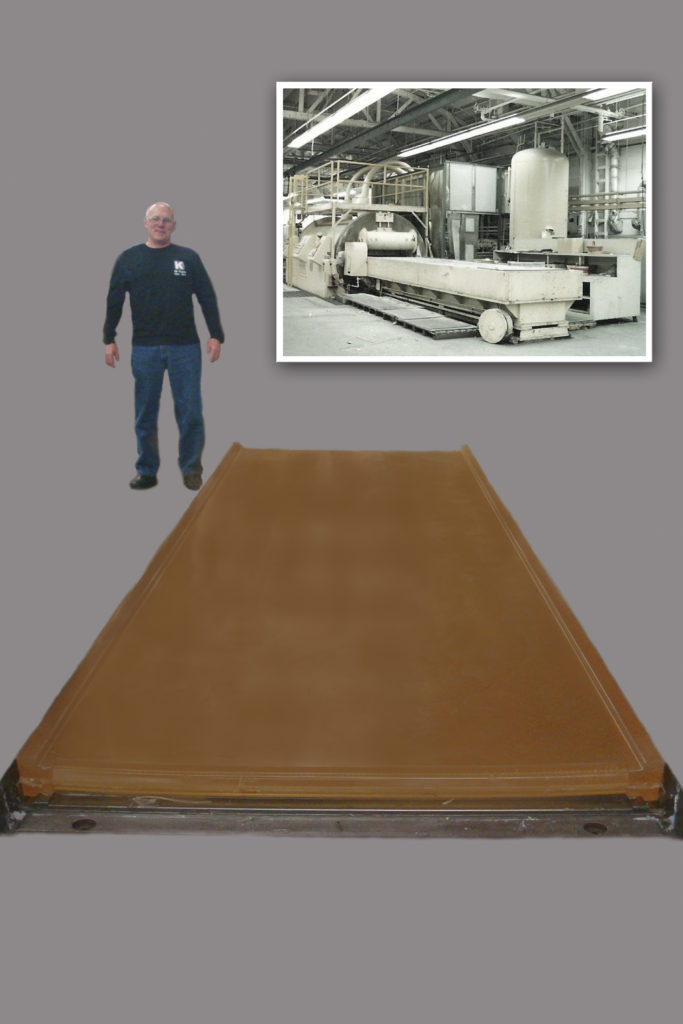 Product shown in use in the Wheelon process, one used extensively in the aerospace and other industries.
Product shown in use in the Wheelon process, one used extensively in the aerospace and other industries.
Fortunately, there was capacity to produce these parts from polyurethane. Polyurethane is a synthetic elastomer that is far stronger than Neoprene. Polyurethane has greater cut resistance, more abrasion resistance, greater tensile strength and has suitably high elongation for effective use in the Wheelon process.
Polyurethane is also a more environmentally stable material than the original Neoprene. Most often, when installing forming pads and upon starting forming operations, the Neoprene would be “dried out”. This would lead to shrinkage of the pad and increased stiffness. In order to install the pad and/or start the operation, it would be necessary to heat the Neoprene to restore it to its original softness and resilience. Polyurethane is far more consistent, retaining its size, shape and maintaining its softness and resilience. This eliminates the need for heat “rejuvenation”.
However, in spite of the superiority of the physical properties of polyurethane over the previously used Neoprene, there is a drawback to polyurethane. Due to its increased strength and toughness, far greater pressures must be employed to achieve acceptable part definition and this results in greater strain on the press, its components and some reduction in forming definition.
Some of the difficulties encountered with the use of commercial and even Kastalon KAS43210AE forming pads and cells are:
- Increased wear and maintenance of the press due to the high degree of loading
- Decreased press life
- Reduction in size capacity
- Reduced part definition requiring increased handwork
- Increased set-up time, due to the need for more accurate filler/intensifier pad placement
- The risk of damage to the forming pad if the press filler/intensifier pads are not properly used
- Increased tendency for forming pad extrusion due to higher pressures
- Increased risk of catastrophic failures
- The inability to make field repairs
The challenge to industry has been to create a material that has polyurethane’s toughness and the extensibility of the lost Neoprene material.
Our initial discoveries led us to improve the traditional polyurethane formulations to increase extensibility, reduce working pressure and improve cut and tear strength in the “mid extension” ranges where these pads operate. However, this was only a compromise and a temporary solution to producing a forming pad with superior performance.
After years of continuing research, a hybrid polyurethane compound, trademarked Gümmilast by Kastalon, has been developed. The properties of Gümmilast are very similar to the original Neoprene in performance and exceed the toughness of traditional polyurethane. A comparison of the original Neoprene, Gümmilast, Kastalon KAS43210AE and commercial polyurethane is presented in the following table.
Physical Properties: Traditional Neoprene vs. Polyurethane
|
Neoprene |
Gümmilast KAS021909A |
Kastalon KAS43210AE |
Commercial PUR |
| Hardness, Shore A Tensile, psi |
55-602,002 psi |
602850 |
704153 |
704660 |
| Elongation |
773 % |
774 |
694 |
630 |
| 5% modulus |
92 psi |
133 |
201 |
221 |
| 50% |
119 psi |
184 |
260 |
282 |
| 100% |
157 psi |
229 |
340 |
360 |
| 200% |
277 psi |
262 |
434 |
475 |
| 300% |
472 psi |
337 |
522 |
670 |
| 400% |
741 psi |
471 |
738 |
985 |
| Split tear |
228 psi |
191 |
181 |
185 |
| Dynamic modulus |
289 |
372 |
733 |
836 |
The similarity between Gümmilast and the original Neoprene is apparent. In the operating range extension (250-400%), previously available polyurethanes create far higher internal stresses. The rapid increase of these stresses in this operational strain range leads to need for higher pressure and less definition. This makes tool design and the use of intensifier pads highly critical.
When using Gümmilast, the reduction in operating pressure will yield greater press life, while offering greater part definition.
Life testing of Gümmilast pads and cells is ongoing. To date, Kastalon anticipates 3-6 times the life of Improved Kastalon Polyurethane and an even greater life over commercial polyurethane.
In conclusion, Kastalon Gümmilast will provide the Wheelon Process user with a material that offers similar process ease, forming definition and reparability as experienced with the original rubber and providing significantly improved life over commercial polyurethane. Gümmilast is also available for hydroforming bladders, throw pads and Guerin Process pads.
Kastalon Gümmilast products are available from your press parts provider or from Kastalon, Inc.

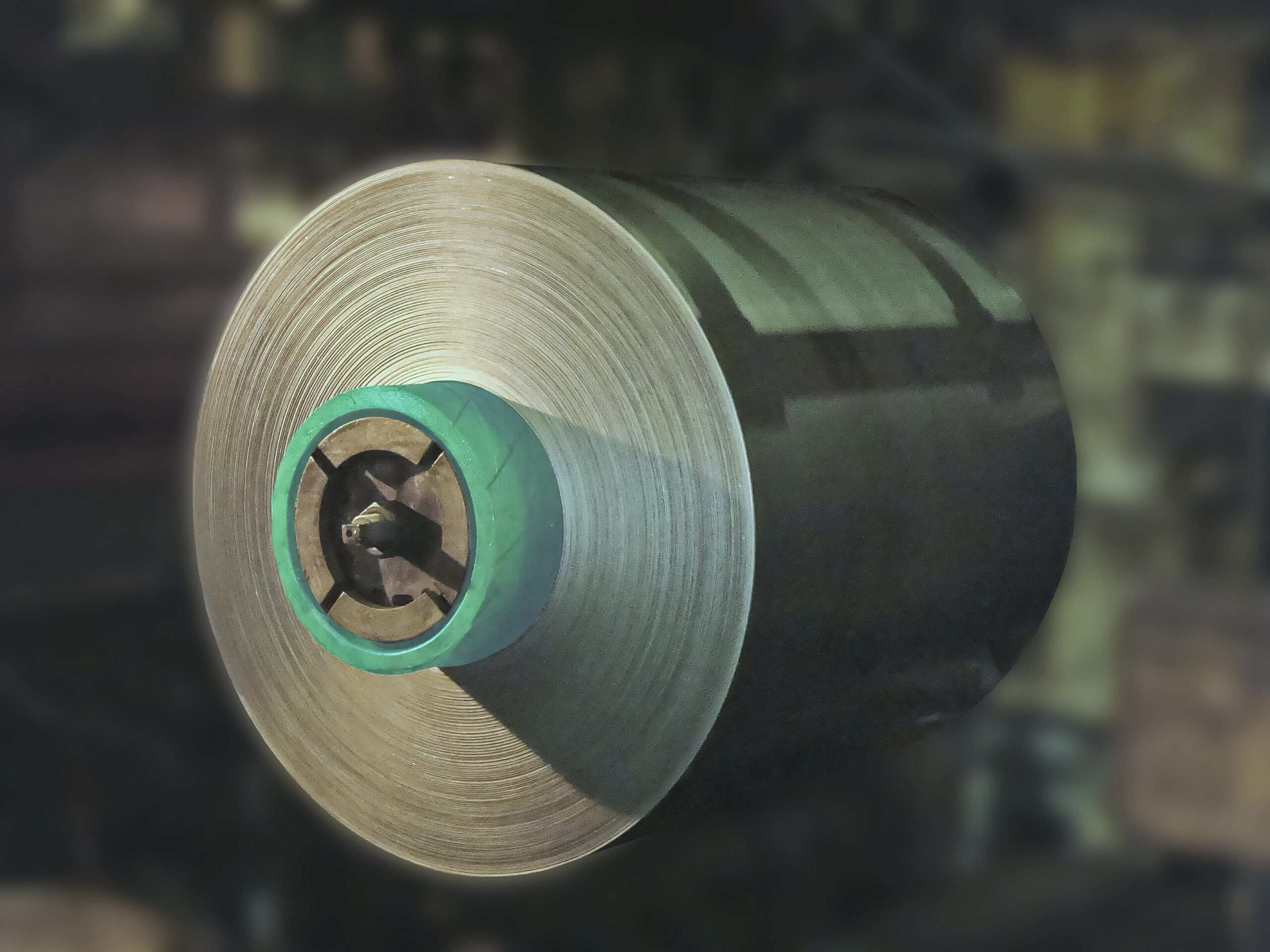
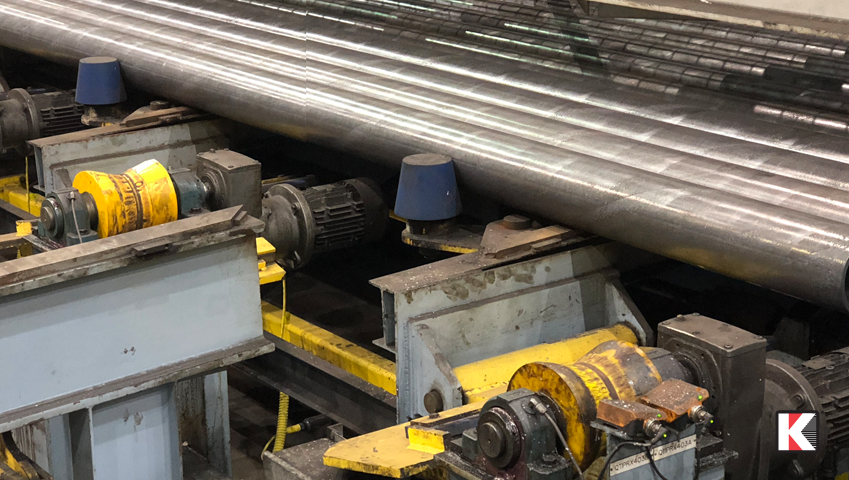
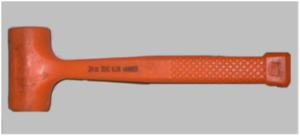 According to Wikipedia “A dead blow hammer is a specialized mallet helpful in minimizing damage to the struck surface and in limiting peak striking force, with minimal elastic rebound from the struck surface.”
According to Wikipedia “A dead blow hammer is a specialized mallet helpful in minimizing damage to the struck surface and in limiting peak striking force, with minimal elastic rebound from the struck surface.”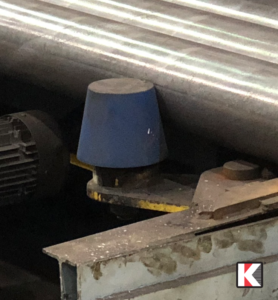 Once the bumpers were replaced by a proprietary Kastalon polyurethane bumper, the results were immediate and dramatic. The bounce of large pipes was reduced to 4-5 inches and the small pipes were only bouncing back about an inch.
Once the bumpers were replaced by a proprietary Kastalon polyurethane bumper, the results were immediate and dramatic. The bounce of large pipes was reduced to 4-5 inches and the small pipes were only bouncing back about an inch.

